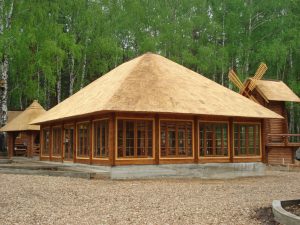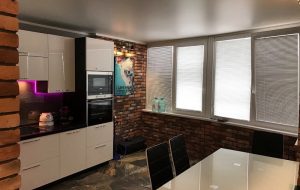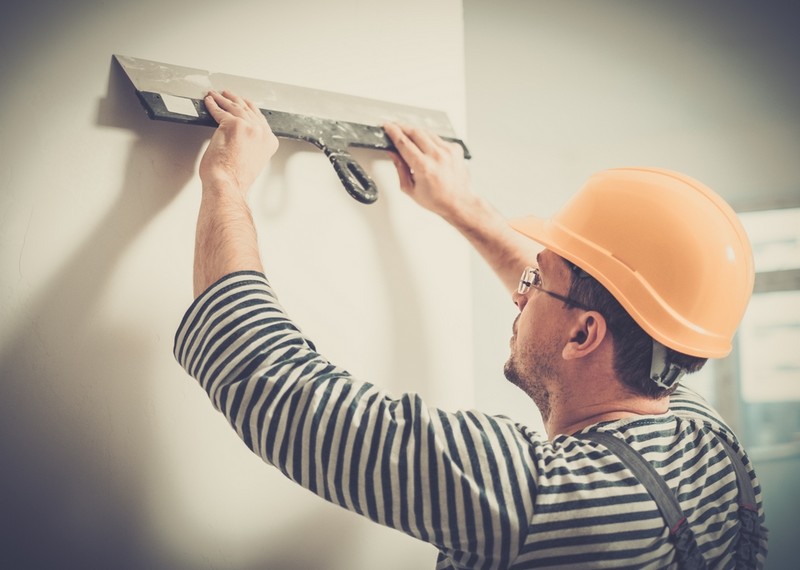allows you to rid the structure
Reed roof – advantages and disadvantages
 Practicality and environmental friendliness pledge of durable repair and well-being of tenants. Choosing these or other materials for construction, we try to give preference to the best material, thanks to which it will be possible not to update the repair for a long time. Of course, in our time there are many materials that have a number of advantages over the old, but still the best material tested by time, because the strength of modern only to learn. Continue reading
Practicality and environmental friendliness pledge of durable repair and well-being of tenants. Choosing these or other materials for construction, we try to give preference to the best material, thanks to which it will be possible not to update the repair for a long time. Of course, in our time there are many materials that have a number of advantages over the old, but still the best material tested by time, because the strength of modern only to learn. Continue reading
The screen on the battery – not just an additional element of interior decor
 Screen on the batteryPermanent exposure to high temperatures contributes to the fact that the batteries in the room lose their aesthetic appearance. In addition, it does not give beauty to radiators and their constant coloring. And if during the repair you do not plan to replace this design, then in the updated interior it will not look very aesthetically pleasing. Continue reading
Screen on the batteryPermanent exposure to high temperatures contributes to the fact that the batteries in the room lose their aesthetic appearance. In addition, it does not give beauty to radiators and their constant coloring. And if during the repair you do not plan to replace this design, then in the updated interior it will not look very aesthetically pleasing. Continue reading
BRICK TYPES AND BENEFITS OF ITS APPLICATION IN CONSTRUCTION
 In the construction and reconstruction of walls – bearing and interior, solid and hollow – we often use brick. For each type of work, a separate variety is taken – silicate, ceramic, clinker, chamotte, hyperpressed. The main material for its creation, in most cases – clay. It is kneaded to the desired consistency with the addition of additives, additives, water. Next is the process of molding, drying at a temperature of 200 ° and final firing. However, some types of bricks are not made of clay. Continue reading
In the construction and reconstruction of walls – bearing and interior, solid and hollow – we often use brick. For each type of work, a separate variety is taken – silicate, ceramic, clinker, chamotte, hyperpressed. The main material for its creation, in most cases – clay. It is kneaded to the desired consistency with the addition of additives, additives, water. Next is the process of molding, drying at a temperature of 200 ° and final firing. However, some types of bricks are not made of clay. Continue reading



